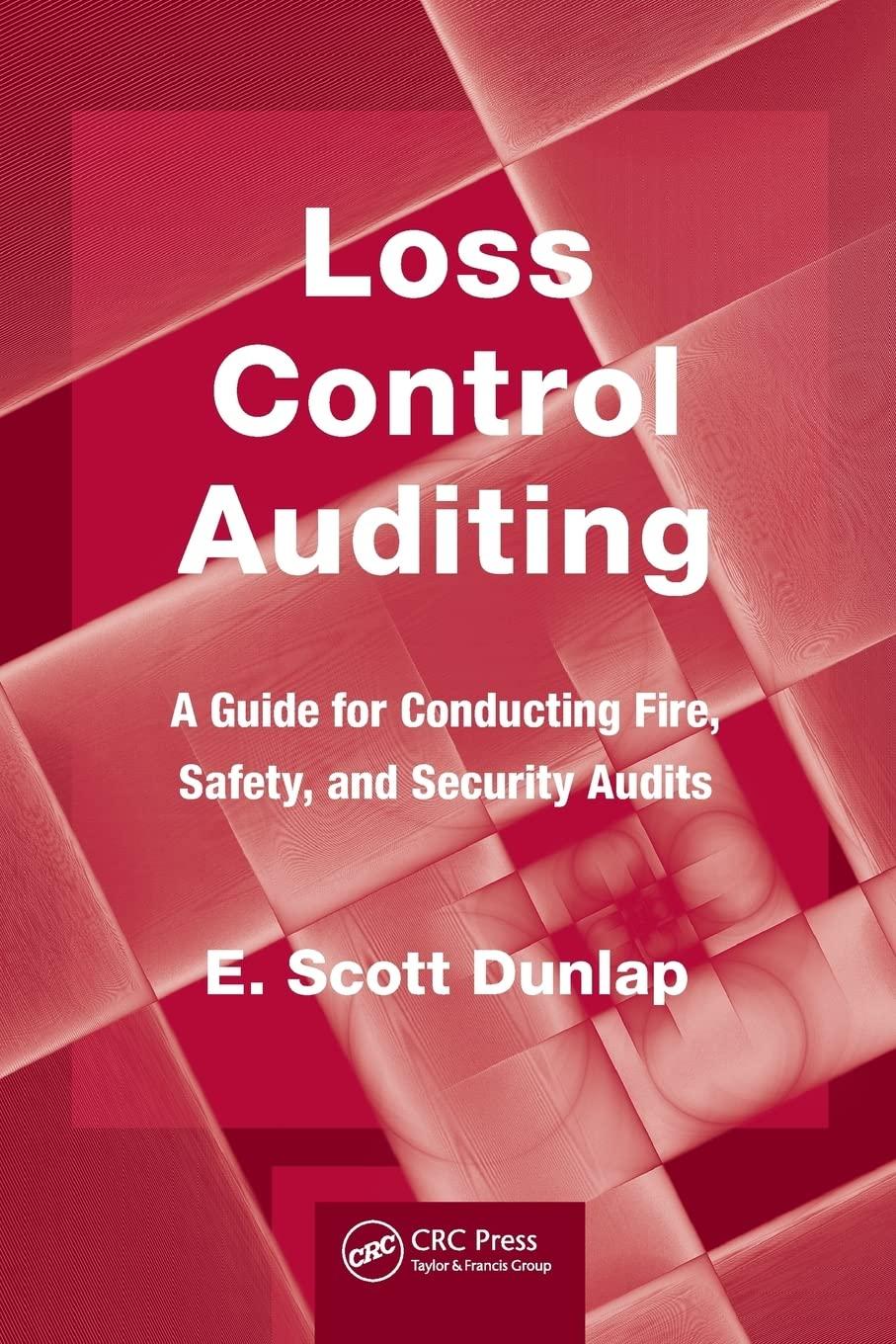| Question 6.6. ABC Companys formula for its Cost of Goods Sold is given as Beginning Finished Goods Inventory plus Cost of Goods Manufactured minus Ending Finished Goods Inventory. S = Cost of Goods Sold, B = Beginning Finished Goods Inventory, M = Cost of Goods Manufactured, and E = Ending Finished Goods Inventory. If S = $800,000, B = $50,000, and E = $40,000, which of the following derives the Cost of Goods Manufactured? (Points : 1) | A. $800,000 = $40,000 $50,000 + M B. $800,000 = $40,000 + $50,000 + M C. $800,000 = $50,000 - $40,000 + M D. $800,000 = $40,000 - $50,000 M |






